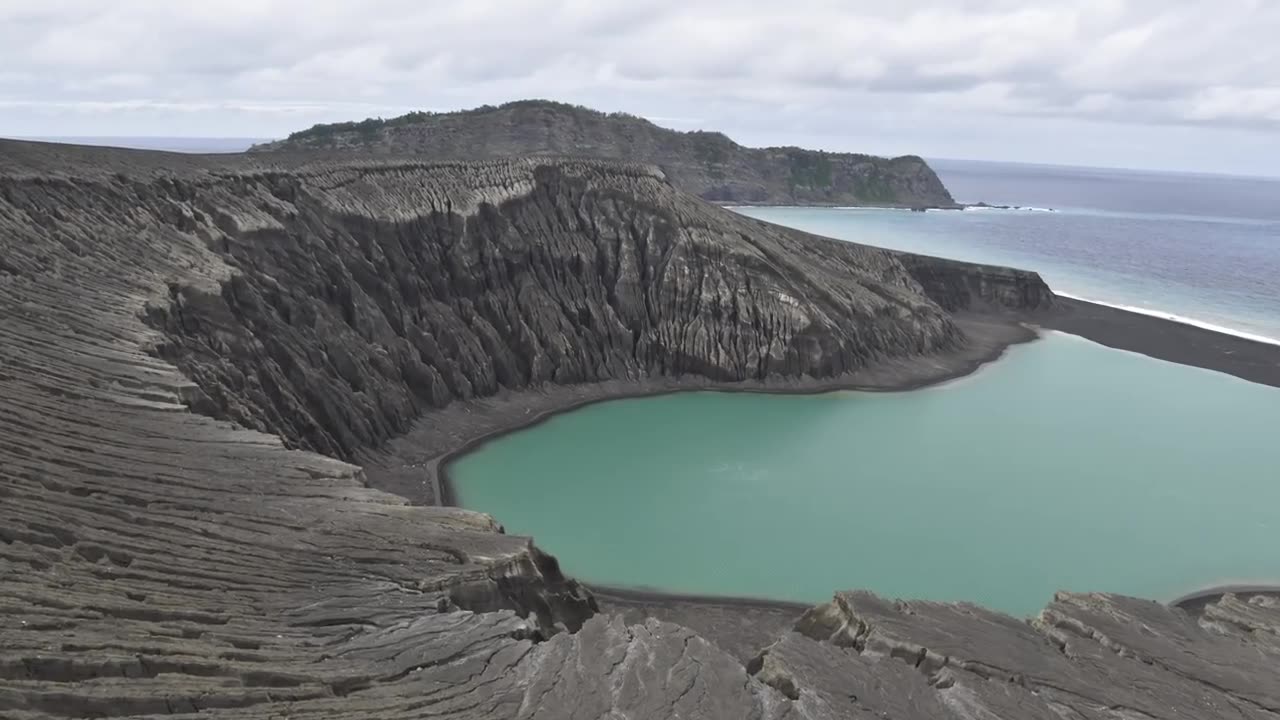Premium Only Content

The birth of new island- volcanic island formation
The birth of a new island is a rare and fascinating geological event. It typically occurs as a result of volcanic activity, where molten rock (magma) rises from within the Earth's mantle and erupts through the ocean floor. As the magma cools and solidifies, it builds up over time, eventually forming a new landmass.
This process is known as volcanic island formation. Initially, the new island might appear as a volcanic cone or a series of vents spewing lava and gases. Over time, as eruptions continue, the island can grow in size and elevation. As the volcanic activity subsides, the island's surface cools and solidifies, allowing vegetation and life to gradually colonize the area.
The birth of a new island can have significant ecological impacts, as it creates a unique environment for plant and animal colonization. Researchers often study these events to better understand the processes of island formation and evolution. One notable example is the island of Surtsey, off the coast of Iceland, which emerged from the sea in 1963 due to an underwater volcanic eruption.
-
 5:12:47
5:12:47
EricJohnPizzaArtist
5 days agoAwesome Sauce PIZZA ART LIVE Ep. #56: Bret “The Hitman” Hart Tribute with SoundBoardLord!
31.8K7 -
 1:38:08
1:38:08
HELMETFIRE
3 hours ago🟢GAMING WITH FIRE EP4🟢RUMBLE TAKEOVER!🟢
10.9K -
 LIVE
LIVE
iCheapshot
4 hours agoCheap Plays Warzone Again? What!?
171 watching -
 2:30:14
2:30:14
PandaSub2000
6 hours agoCHAOS & FURY | Episode 27: Attack Of The Cranks (Edited Replay)
12.9K1 -
 LIVE
LIVE
Spartan
2 hours agoSpartan - Pro Halo Player for OMiT | Ranked for a little bit
18 watching -
 15:15
15:15
Adam Does Movies
1 day ago $3.00 earnedHappy Gilmore 2 - Movie Review
22.5K16 -
 3:10:16
3:10:16
Toolman Tim
5 hours agoDOOM: The Dark Ages ALMOST DONE! | The Gaming Thinktank
8.49K -
 LIVE
LIVE
SkrimpNGritZ
4 hours agoSkrimpNGritz Off the Grid Live
54 watching -
 16:29
16:29
Mrgunsngear
1 day ago $0.72 earnedGirsan Witness 2311 Match X - Staccato XC On A Budget But Does It Work?
16.7K6 -
 14:54
14:54
Tundra Tactical
5 hours agoTundy's SIG MEME Review 2: The Reload!!!
13.9K3